Visiting Christchurch, the city of missed opportunities
“Christchurch could have been the first city of the 21st century. Instead, it is the last city of the 20th century.”
Damien McGill of Healthy Home Cooperation has been walking and driving me around Christchurch, New Zealand, which was hit by earthquakes a dozen years ago. In many cases, buildings that didn’t collapse in the quake were subsequently demolished. One might think that this could create an opportunity to build back better, especially in the middle of a climate crisis. Alas, it didn’t; history shows that it rarely does.
After the Great Fire of London in 1666, King Charles II invited architects and surveyors to present alternative plans to replace the rabbit warrens of medieval streets, but it didn’t happen, according to the BBC, “mainly due to lack of money and complex land ownership issues. London's buildings were, in the main, rebuilt on their original plots - but using brick and stone instead of timber.”
After visiting the site of the Marshall Fire near Denver, I complained about how the new housing being built was just as bad as the housing that burned; I was told that using stock plans was faster, and the insurance companies refused to pay for building to any standard higher than the older code that applied to the houses that burned down. I wrote What happens when we get a clean slate? We write the same thing again, subheaded “A depressing visit to the Marshall Fire reconstruction shows we have learned nothing.”
Christchurch has followed this pattern; everything is not alright. Vast numbers of buildings were demolished but not replaced; and there is now a sea of parking lots. During the earthquake, the ground went through “liquifaction”-
“a natural process where earthquake shaking increases the water pressure in the ground in some types of soil, resulting in temporary loss of soil strength. Liquefaction can cause significant damage to land, buildings, infrastructure and the environment, as well as economic and social disruption.”
Whole districts including thousands of existing houses were demolished after the ground they stood on turned to mush.
People needed buildings to live in and to work in, and the old rule that you can only have two of fast, cheap or good applies here in spades; with few exceptions, they went for cheap and fast.
The Te Pae Christchurch Convention Centre by Woods Bagot in collaboration with Warren and Mahoney is a rare exeption; I am not sure about the description: “The fluid façade features nearly 43,000 tiles in a herringbone pattern, inspired by the Canterbury Plains and braided rivers, with the building’s silhouette echoing the Southern Alps.” But I do know that the interior was lovely, lined with wood recovered from buildings destroyed in the earthquake. I was also having digestive problems during our tours and I can attest that it has the loveliest washrooms in town, and I was in almost all of them.
There are some interesting new buildings, and a lot of theatres for such a small city! Here’s the Court Theatre, made of mass timber and designed by “the UK’s leading arts architects Haworth Tompkins and Christchurch’s Athfield Architects.”
As usual, I did not take enough photos, because there was so little that I found interesting. (I did like the nice shades in this one)
I note also that the random-window-on-white-box style so common in Europe has hit Christchurch.
The Town Hall (the main concert hall) a 1972 brutalist gem, was expensively and beautifully restored, sitting proudly on expensive new foundations inserted under the building. But other important buildings are not getting this love and investment; the Cathedral is being stabilized, but its restoration is on hold due to lack of funds, with the recent refusal of the government to help being called “a sad day for Christchurch.” There have probably been many of these.
If people tell you that Christchurch is surrounded by mountains, they are mostly made of black metal, houses with complicated roofs and their backs to arterial roads clogged with cars. The city feels like a giant North American suburb with fewer pickup trucks driving on the wrong side of the road.
The older inner city has a lovely river (full of giant eels!) and a magnificent botanical garden, but even the university skipped town, picked up and left its gorgeous quads and traditional English university buildings and beat it out to the suburbs.
An architect who used to live there told me, “Christchurch could have been the first city of the 21st century. Instead, it is the last city of the 20th century.” It certainly felt like a missed opportunity, but that is the way insurance, banking, politics, and human nature work; it has been that way at least since 1666.

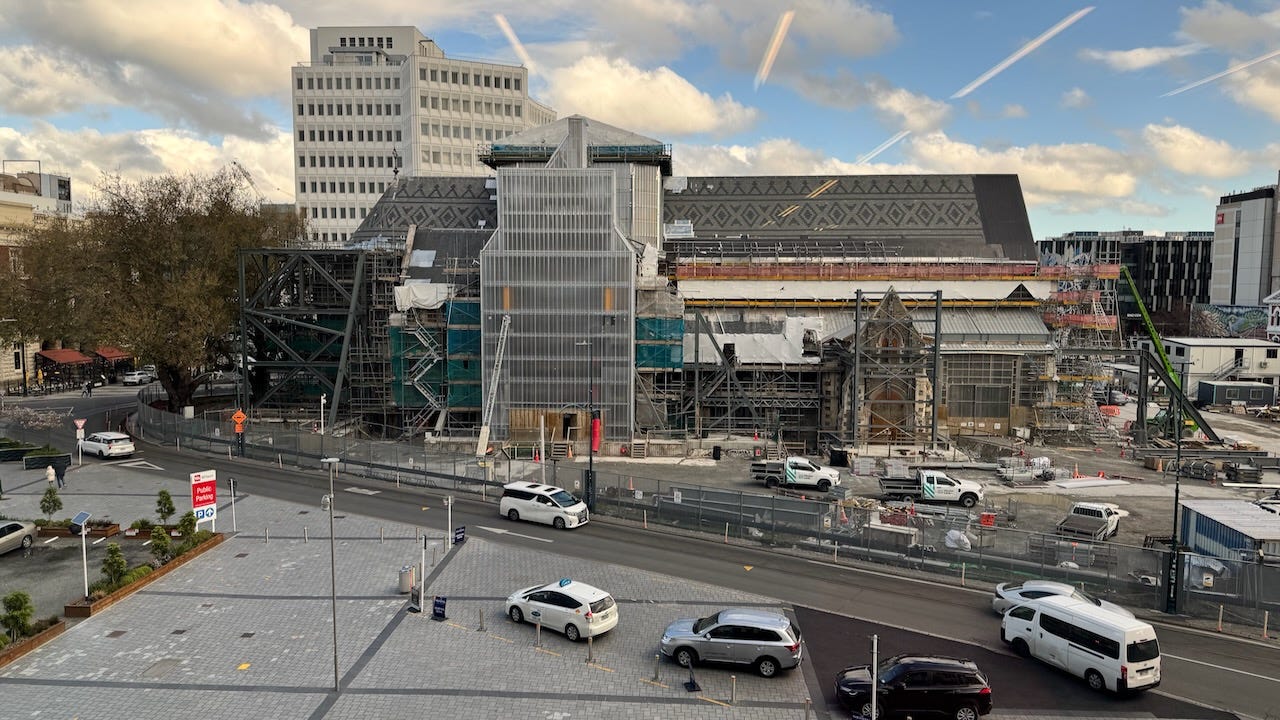
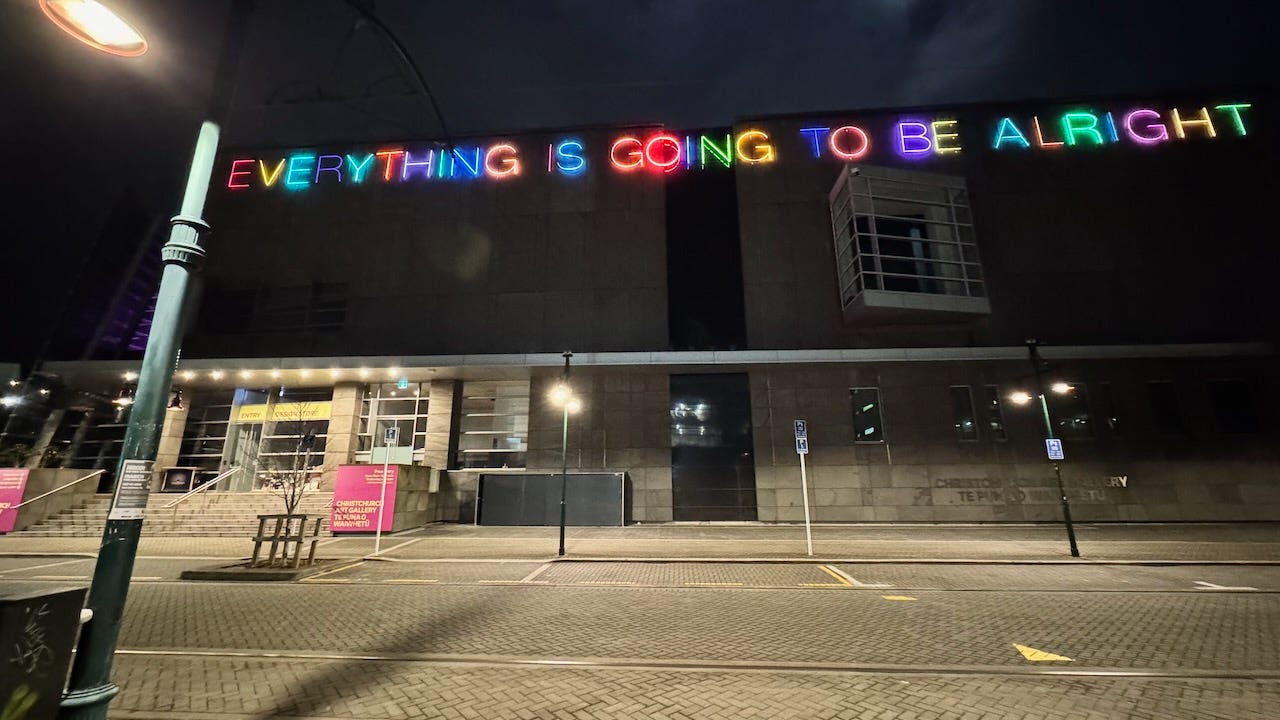
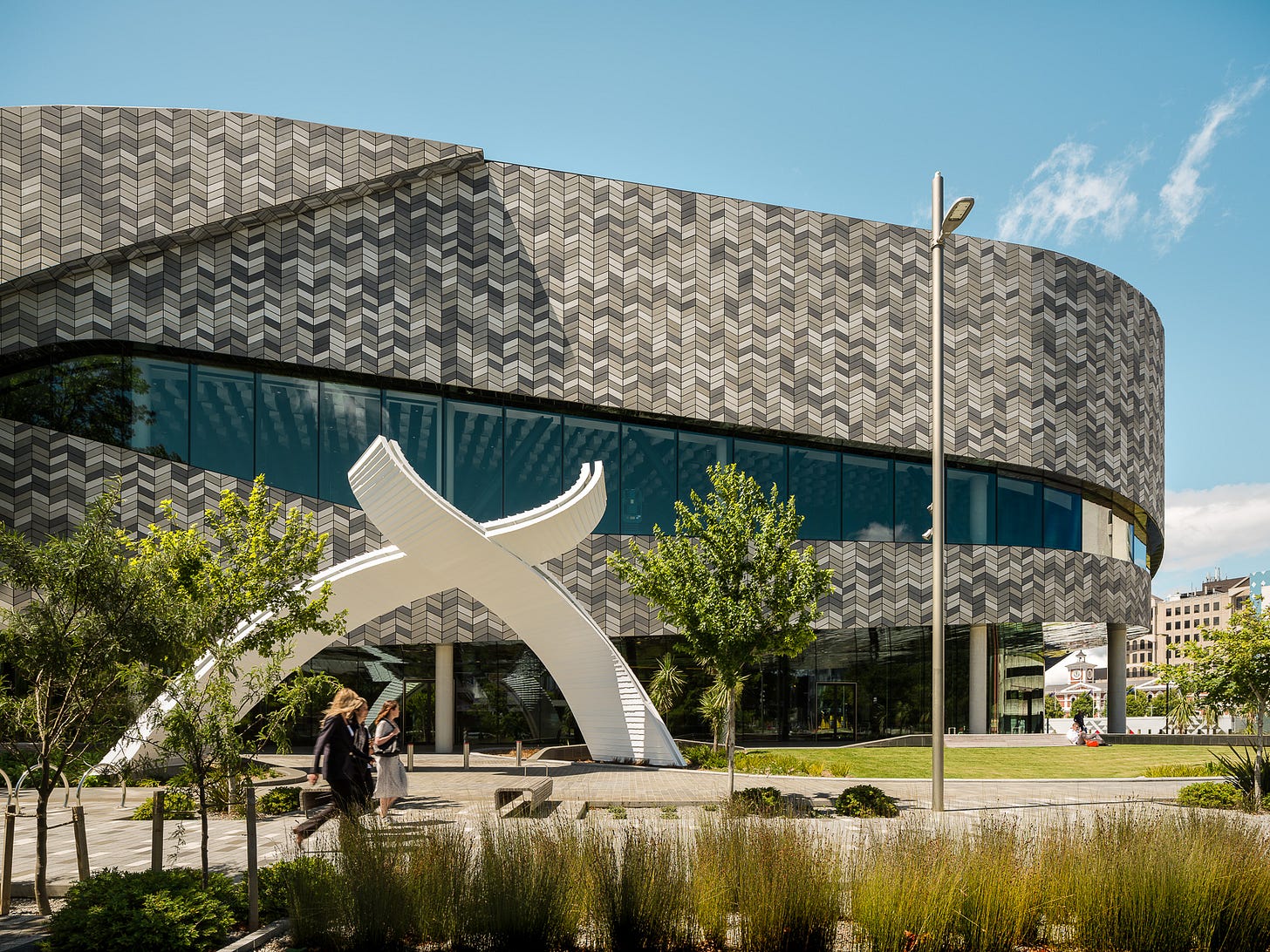
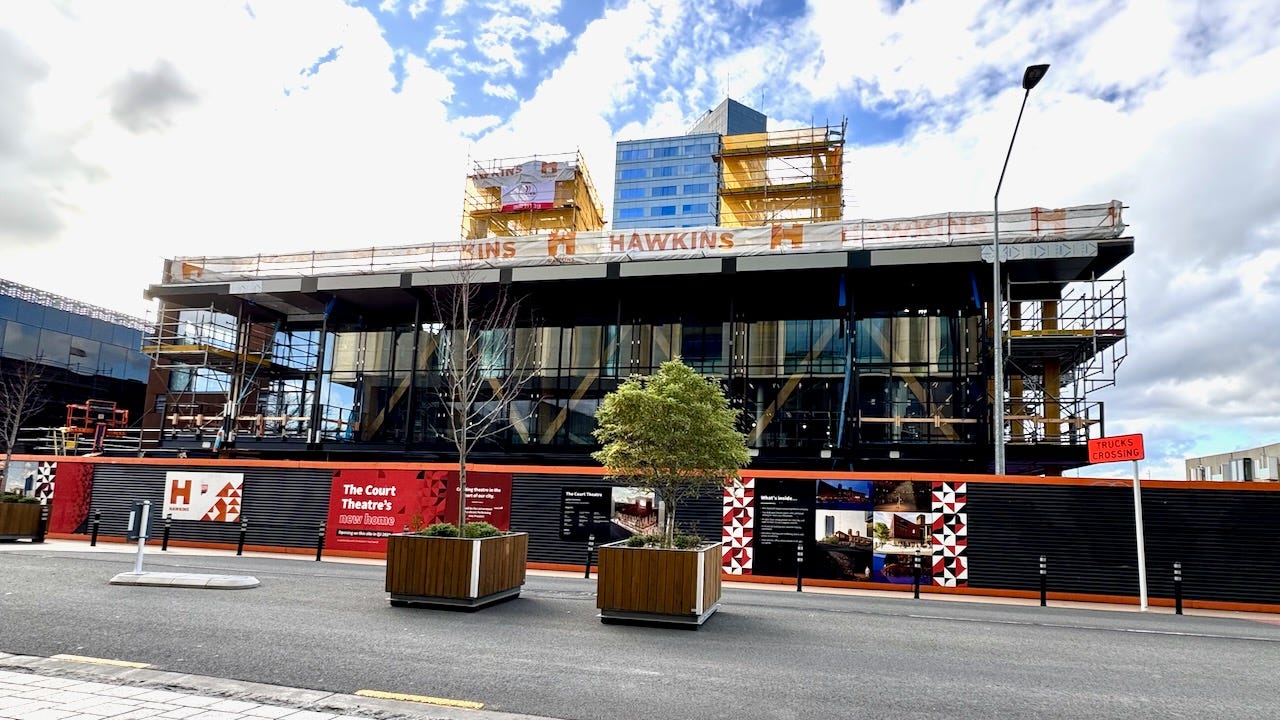
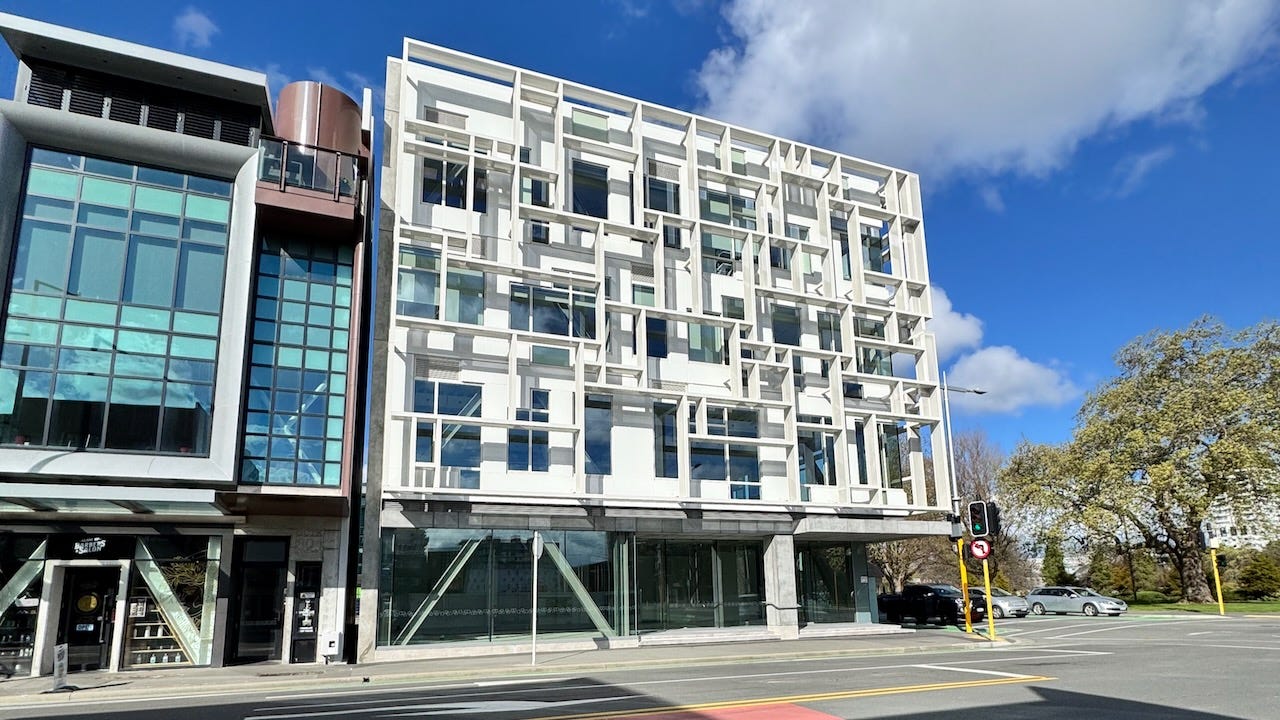
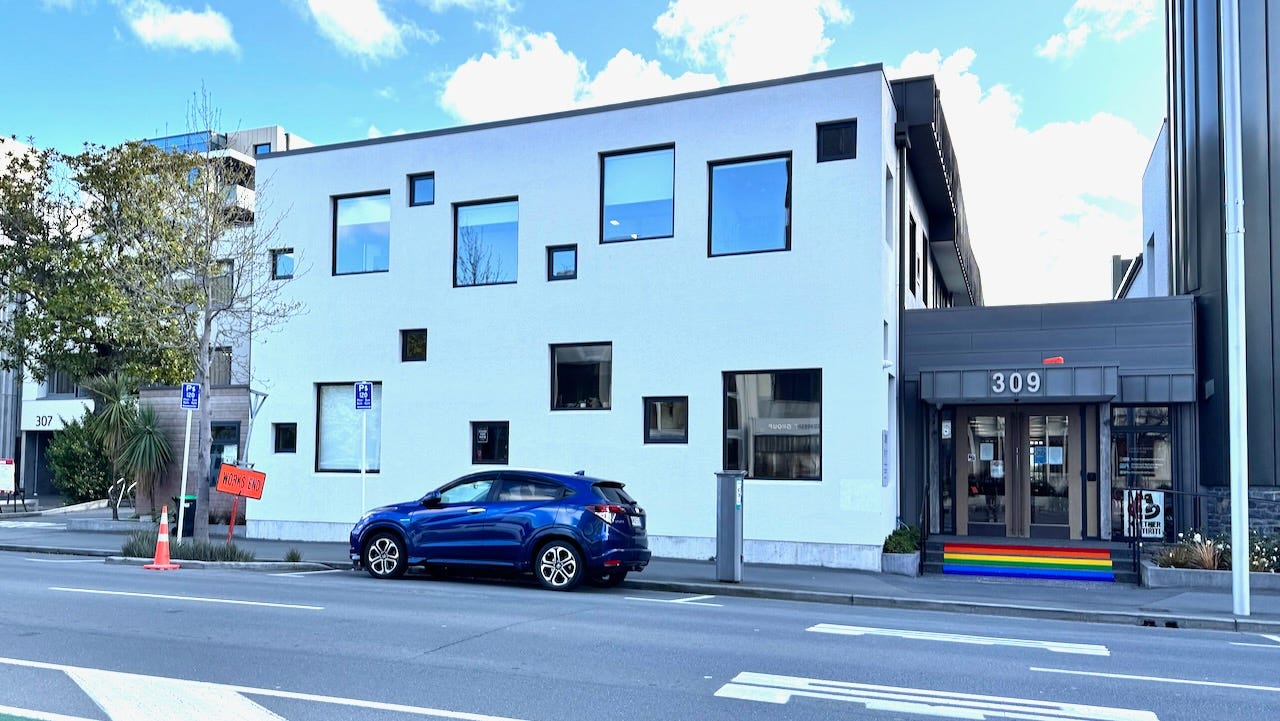
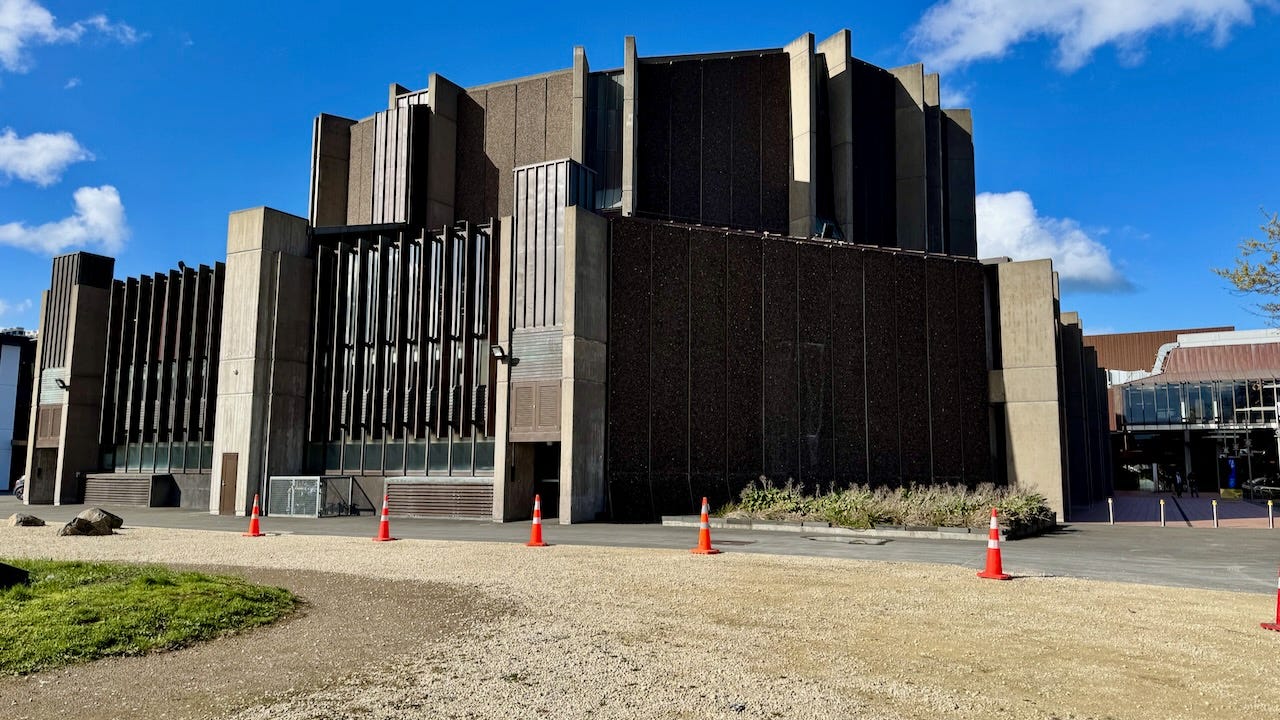
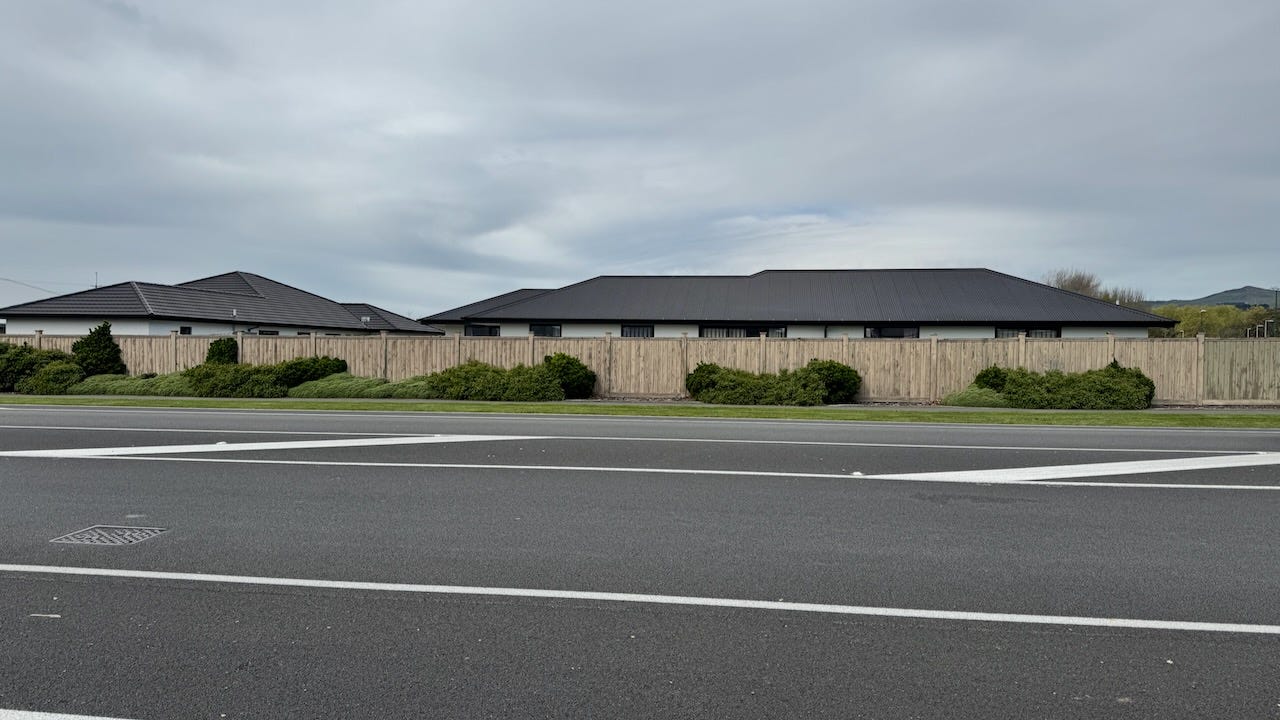

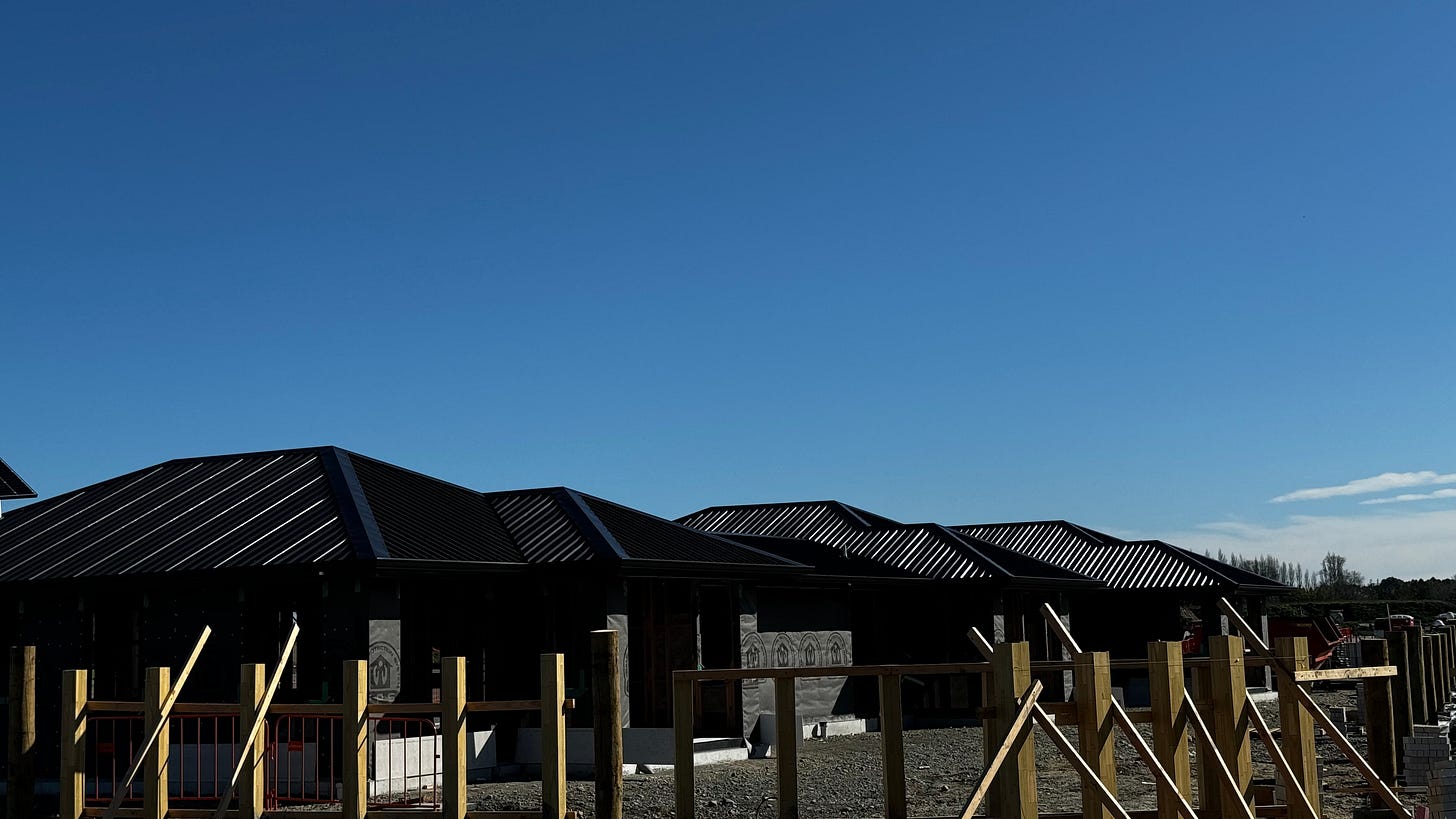
Australia is also plagued with houses with absurdly complicated roofs. A 200 square meter house might have 20 roof planes. Of course that means it's impossible to vent and difficult to airseal and insulate. And forget about easy solar. And expensive to build. We Americans look pretty stupid when it comes to house building until you look down under.
Sad but true. Hope you had an opportunity to watch the wonderful "Maurice and me". Also true that, despite the missed opportunities (and a bit trauma residue from the quakes) it's now a very pleasant place to live, especially near the hills.